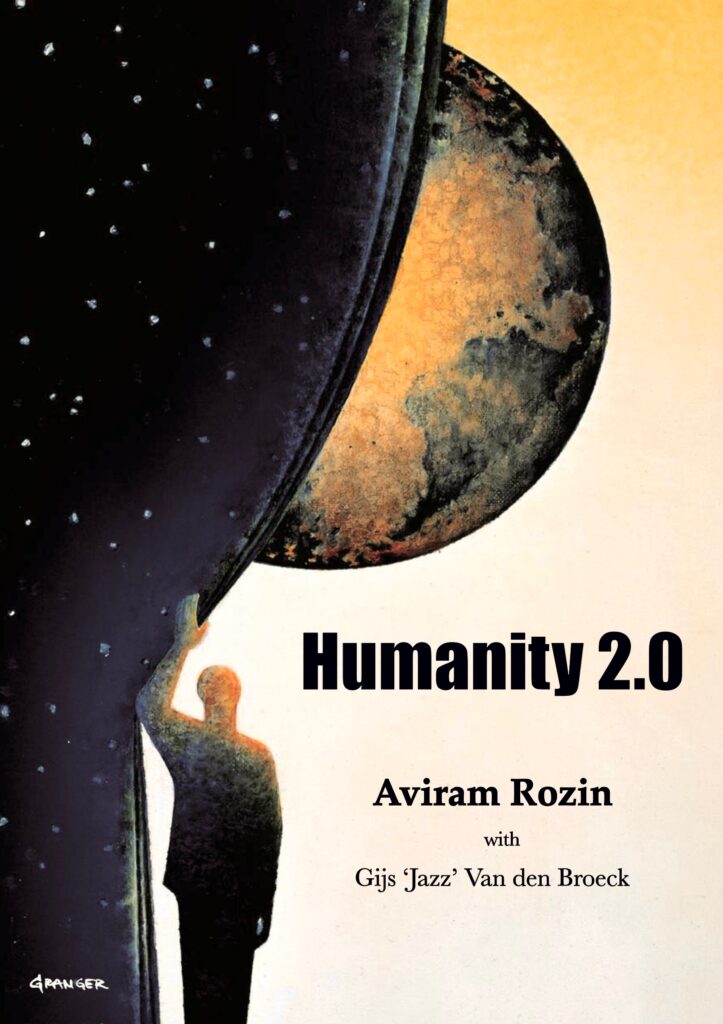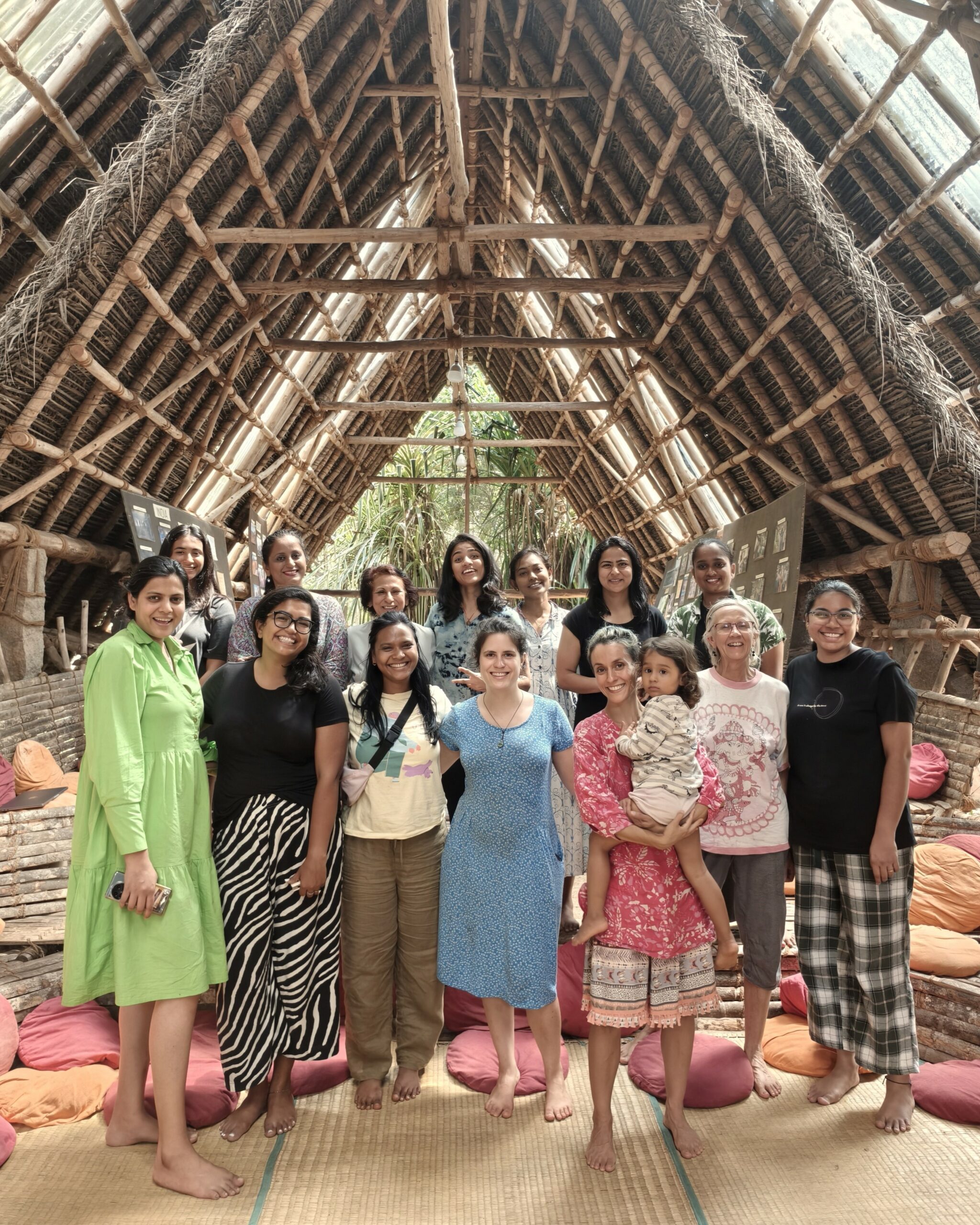Compost Toilets Kenya
Sadhana Forest Kenya will deal with all human waste on site, or as one Sadhana Forest volunteer put it, “nothing is lost.” What is considered “waste” in most parts of the world will be turned into a valuable resource at Sadhana Forest Kenya with a dry composting toilet system. Fertilizer will be created from human “waste” that will later be used in the food forest for planting and fertilizing trees. Ammonia will be created from urine which will serve as a powerful, natural, and free cleaning agent for the toilets.
How It Works
In dry compost toilets the solids and liquids are separated to assist in the aerobic decomposition process. If liquids are mixed with solids the composting process turns into an anaerobic process which slows down the decomposition rate dramatically. Solids are covered with sawdust to support the aerobic process, absorb liquids, and to reduce odor. Urine is collected and later used as a nitrogen rich fertilizer in the garden and is also turned into ammonia which is a powerful and natural cleaning agent that is used in the toilets. After a toilet is filled, the barrel that has collected the solid waste is removed from the toilet area, covered, and stored for four weeks. After four weeks have passed the barrel is safe to open and the compost is moved to a larger compost pile. After 6-12 months in the pile the human compost (humanure) is ready and safe to use.
Potential pathogens are killed through naturally dying-off and consumption by other microorganisms. This system breaks down waste by 10 – 30% of its original volume[1]. By turning our human “waste” into compost, we have created a closed loop system which is by far the most ecologically-friendly approach to waste management.
Your Contribuition
One of the biggest contributions the trees and our project receive from our volunteers is the compost. To all of you that use our toilets we would like to say THANK YOU!
[1] http://water.epa.gov/aboutow/owm/upload/2005_07_14_comp.pdf



